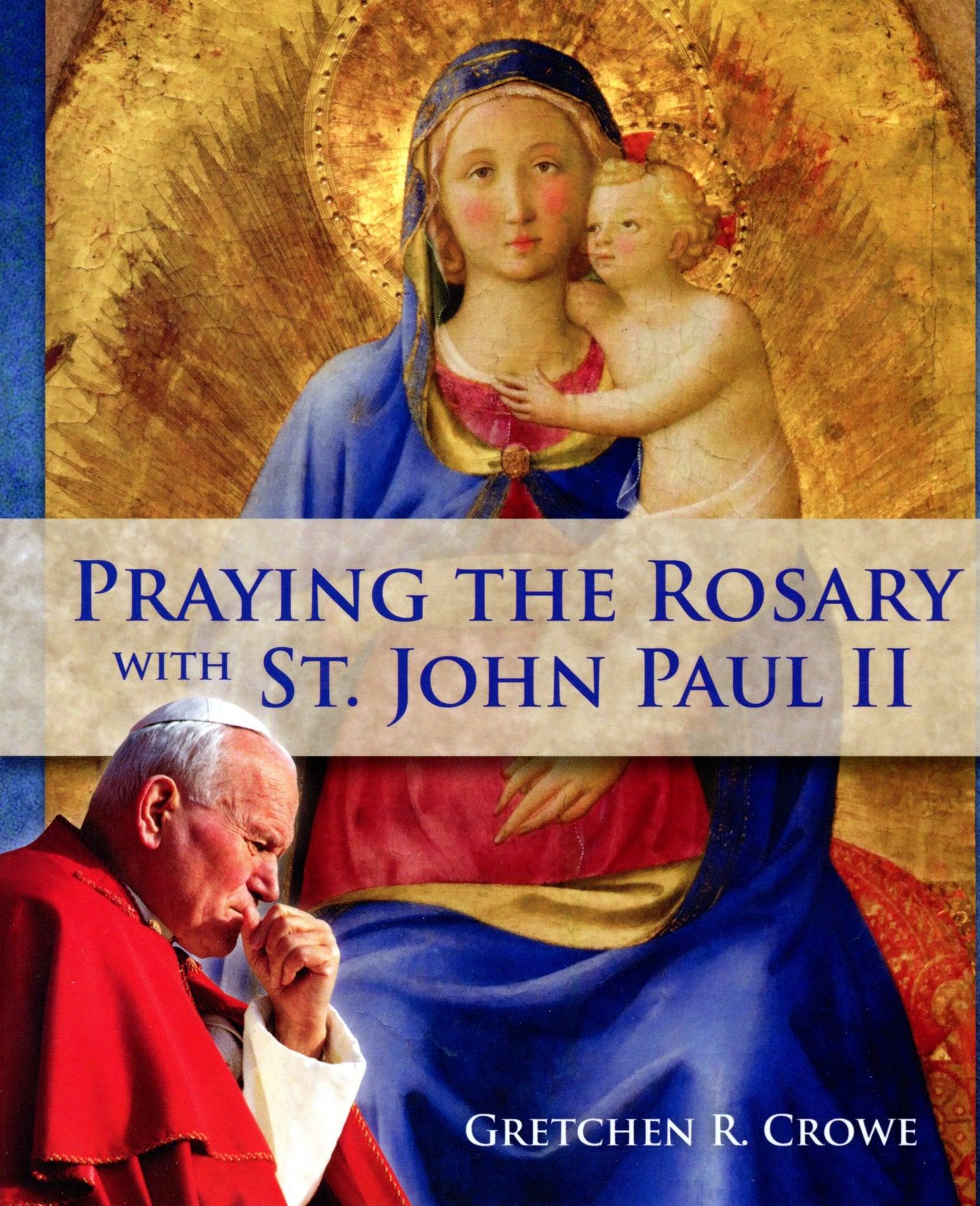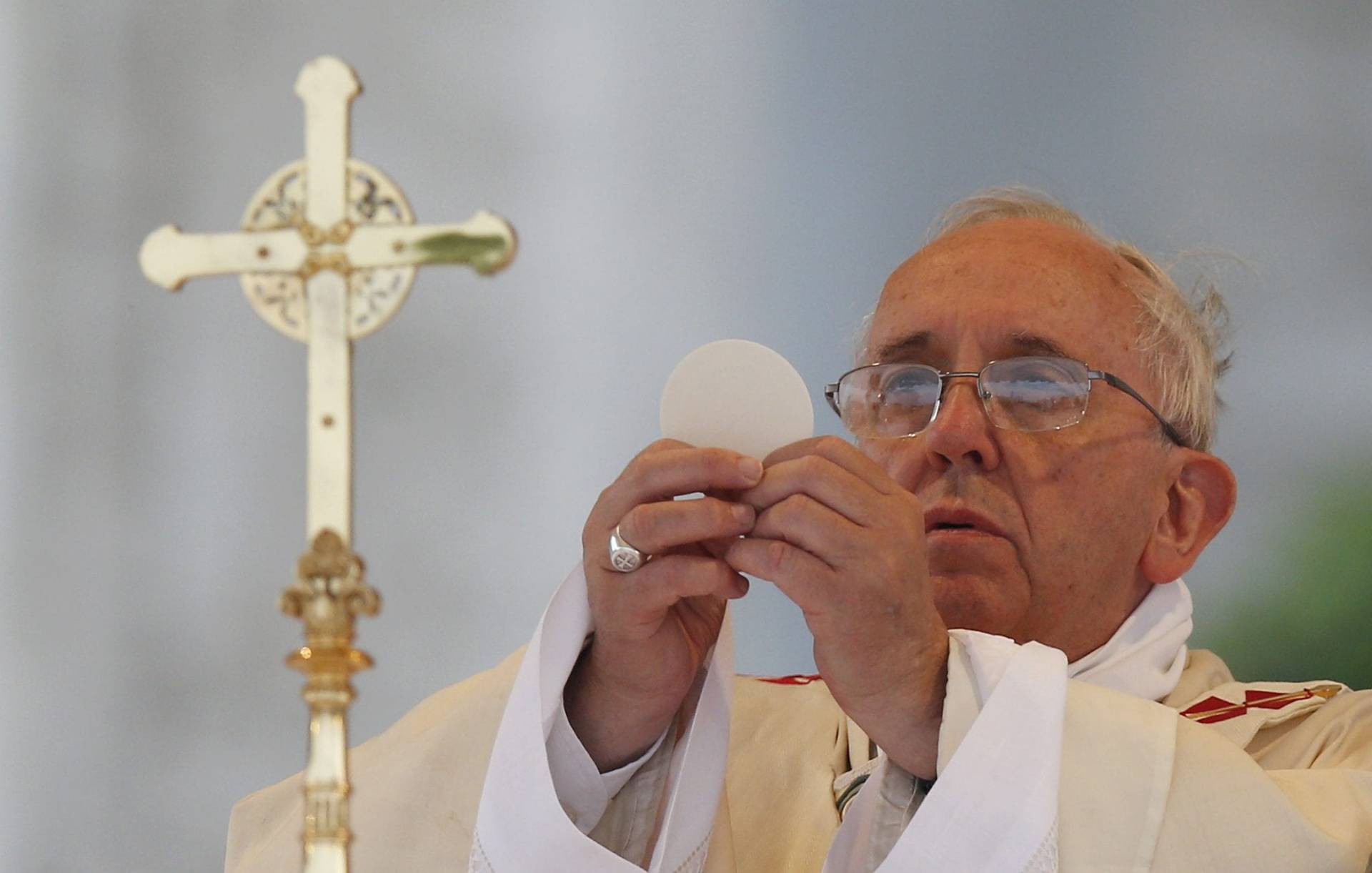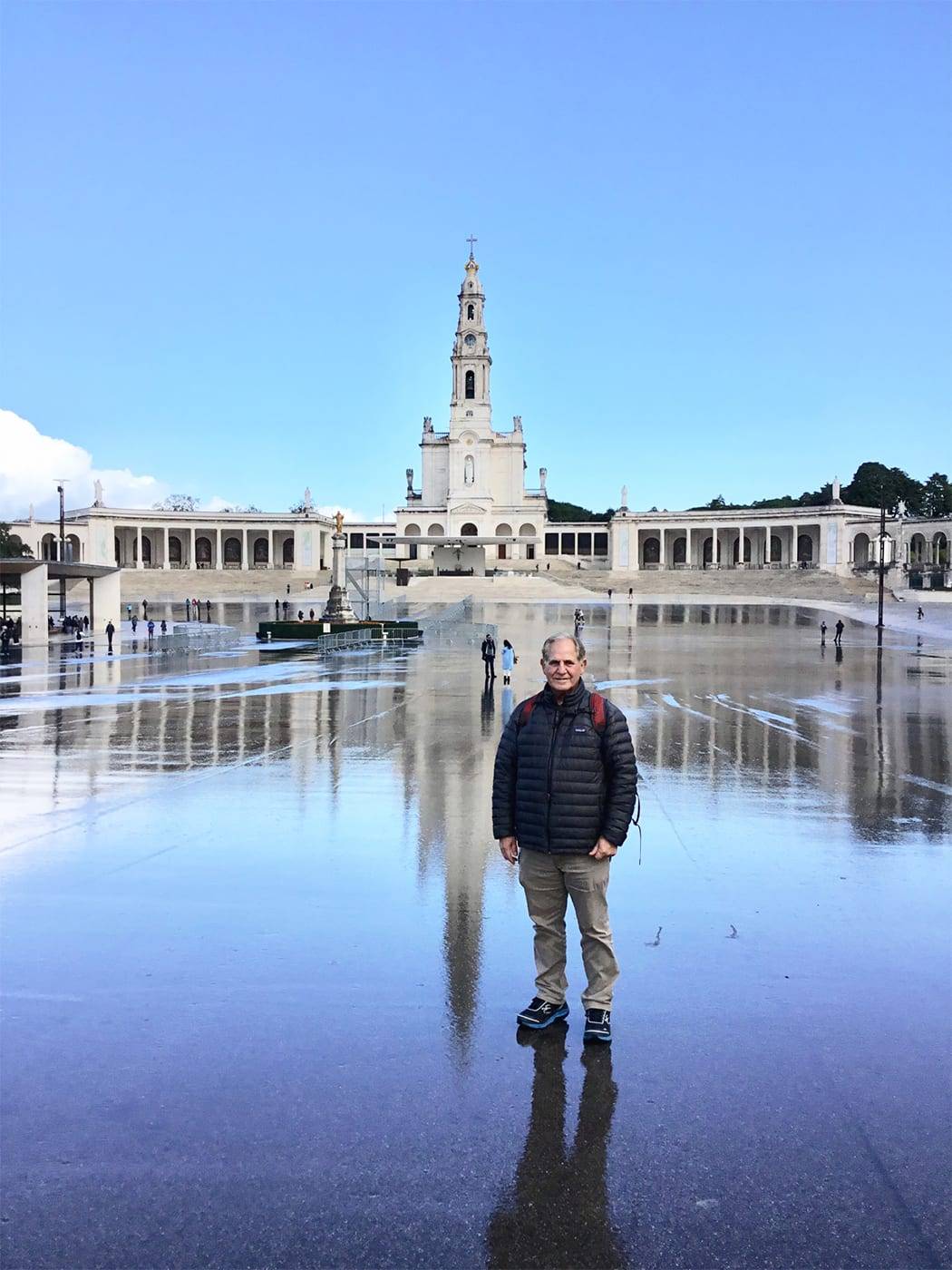Yesterday morning on my walk I happened to look down, just seconds before I stepped on a bird’s nest directly ahead of me on the path. It must have fallen from the bough of an overhanging maple. A small feather was woven into its twigs, but otherwise, it was green, a “beginner’s nest,” not dense with moss and the rank strata of last year’s leaves. The nest of a novice, it fit perfectly into the palm of my hand.
I planned to carry it home and place it on the kitchen counter. It isn’t every day that the universe gives you a perfect nest. Whose had it been, and what would she do, now that it was gone?
Based on the habits of birds I have known, she would begin again. I was amazed one morning last spring to observe a robin attempting to build a nest atop a narrow trellis above my garage. This is a busy transit spot in my yard, with doors swinging open to discharge bikes and mower, vines nudging up into the lattice. It was a crazed, vulnerable, exposed place, not unlike the high cliffs around the coast of Ireland where for hundreds of years monks carved out tiny hermitages within which to live out their “green martyrdoms,” subsisting on berries and grasses, poetry and prayer.
At some point the robin demonstrated what I considered a high degree of rationality, abandoning the site for one more protected in which to birth her young. But this year, she returned. And this time she persisted with her nest. Again, her work was interrupted — but by a blue jay who dive-bombed the nest each morning, rusting its large wings through the vines and jabbing with its beak at the faithful, humble robin.
We tend not to think of the life of faith as a nest-building exercise, much less a dwelling place, but in many ways this is exactly what it is. It is a form, being ever shaped, added to. It demands the same intentionality and purpose as the nest to the bird: Each day one sets out, seeking materials with which to reinforce the basic form, tucking in here a twig, there a leaf; whatever helps to mortar and to hold. Each day, we add to the shape of something that is, in essence, empty: a form that is capable of holding the life that is to become within it.
On my way back home, nest in hand, I passed the greensward of the children’s home, as I do every day. It is what we used to call an “orphanage,” a home for badly damaged children who receive therapy and schooling while they await placement in a foster home.
As I ascended the hill, I noticed a very small boy of about 7. His hands hooked through the chain link fence, he stared across the street at the tidy professional homes there. Potted impatiens, groomed walks. Behind him, way up at the top of the hill, I saw a speck of a human being, reading a book. His caretaker.
When she saw me, she called down to him, “Take your hands away from the fence.”
Not in a cruel voice, but in an institutional, salaried one. I could hear other children some distance off. Perhaps she sat at such a remove from the boy because she was monitoring a far-flung handful. This boy was alone. Dutifully, he dropped back. But when he saw me regarding him, he waved.
“Hi,” I said, with a smile in my voice. I had seen the dormitory where he slept at night, had heard the muffled crying, the meltdowns. The staff, I knew, did the best they could.
“Hi,” I said.
“Can I come to your house?”
This was what he said.
So simple. So huge.
I looked past him to the spot of poppy-colored T-shirt up the hill. She waved. I waved.
“Can I come to your house?”
I could feel my failure before I spoke any words. I was not deaf, but I became mute in the face of this cry from the heart.
It is easy to say that I thought of every reason why it was impossible for me to tell him, “Yes. Come now. Grab your lonely heart and let’s see what we can do with a few leaves, some hope, and a room of your own.”
I did not do this. I did not say the words he wanted to hear.
I had been given an empty nest to remind me of the work of daily faithfulness that is required of all and any forms we call “home.” I carried it the rest of the way with me, sad and empty, wrapped it in tissue, put it into an old stationery box, and mailed it to my son, who lives far from me now. With a prayer in my heart for the boy I didn’t bring home, to the one that I had.
There is some lesson here about creating safe places and allowing them to be filled with the unknowable, about the absolute risk of love, about call and response, beauty and action. This is to say to those most ordinary and amazing strangers who do answer the children pressing their faces at fences waiting to be rescued: Thank you, thank you, for offering your nests, for nudging souls into life with a wing and a prayer. Thank you for being saints.















